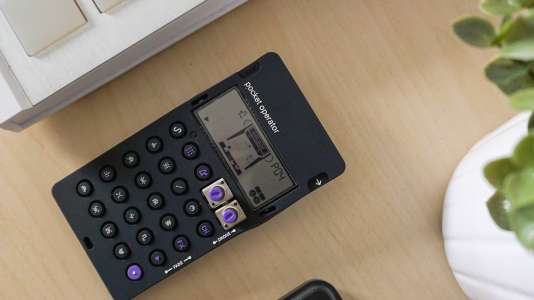Calculating reverse percentages is a really useful skill to have that you’ll use time and time again. It basically means working backwards to figure out the original cost or figure of something.
Our guide will show you how to break reverse percentages down to make overcoming the challenge as easy as possible.
What are reverse percentages?
Reverse percentages can help you to work out the original price or value of something, after it’s had a percentage discount or increase applied.
You’re most likely to come across reverse percentages in numerical reasoning tests, as they examine your general aptitude for numbers, data and mathematical principles.
However, you may also find it useful to know how to do reverse percentages in other aptitude tests, such as mechanical reasoning.
Key points to remember
-
With reverse percentages, it’s always easiest to work from what the value of 100% is.
-
A really simple way to remember how to find the percentage of a value (e.g. 20% of £100) is to follow this simple equation: value ÷ 100 × percentage.
-
If you’re struggling with a particularly complex reverse percentage, it can help to break down a value into its 1%, 10% or 25% form. These are normally easier to calculate mentally, and can provide an alternative starting point.
-
Although calculators make things easier a lot of the time, you might not always have one with you. Learning how to mentally reverse percentages is an important skill that you’ll be surprised how often you use.
Step 1: Start at 100% and minus the figure you've been given
The first thing you need to do is start at 100% and minus the figure you’ve been given.
So, if you’ve been asked to find out what the original price of an item is in a sale where everything is 20% off, you’d do: 100 - 20 = 80.
This means that you’re only paying 80% of the original price in a 20% off sale.
Step 2: Find the value of 1%
If you know that the sale item you’re purchasing is £160, you know that £160 is 80% of the original cost.
Next, you’ll need to divide the sale price by the percentage of the original price to find the value of 1%: 160 ÷ 80 = 2.
Step 3: Multiply 1% by 100 to get the value of 100%
Then, multiply 2 (or 1%) by 100 to get the value of 100% (or the original price). So, 2 x 100 = 200.
This means that the original price of the sale item was £200, and in a 20% off sale it’s now £160.
Example questions
Question 1
Sarah buys a scarf in the sale. It’s marked as 75% off and now costs £20. How does Sarah work out the original cost of the scarf?
- Firstly, you need to remember that you’re working backwards from 100%.
So 100% - 75% = 25%, which means the sale price of £20 is 25% of the original price.
-
Next, divide the sale price by the percentage of the original price to find the value of 1%: 20 ÷ 25 = 0.80
-
Finally, to work out 100% take the value of 1% and multiply it by 100: 0.80 x 100 = £80. This makes the original value of the scarf £80.
Question 2
There’s been a 10% rise in prices in Mark’s local coffee shop. If an Americano now costs Mark £2.75, how much did it cost before the increase?
-
As always, we start by looking at 100%. In this case, we now need to look at 100% + 10% = 110% and in terms of the price of the coffee itself, 110% is £2.75.
-
Now that we know what 110% is, we need to work out what 1% is. To do this you’d do: 2.75 ÷ 110 = 0.025
-
Then, multiply 0.025 (or 1%) by 100. So 0.025 x 100 = 2.50
-
And that’s your answer. Mark’s Americano would have cost £2.50 before the 10% price increase at the coffee shop.

